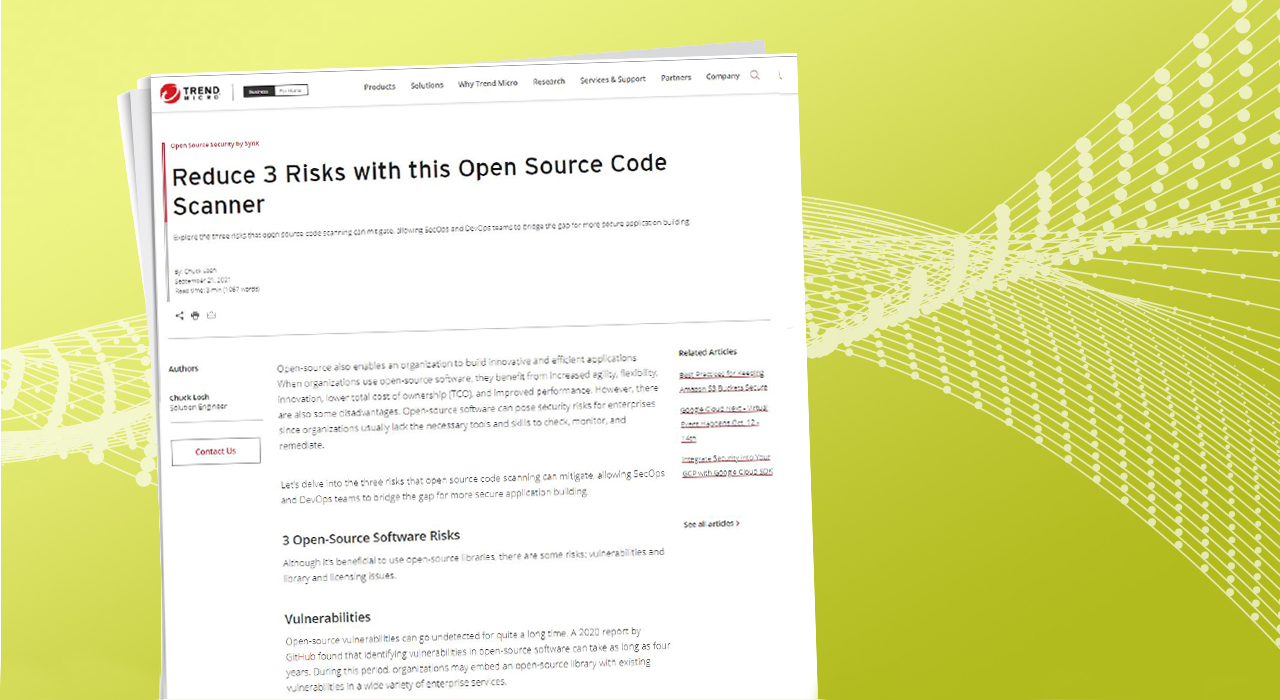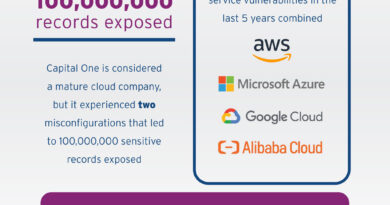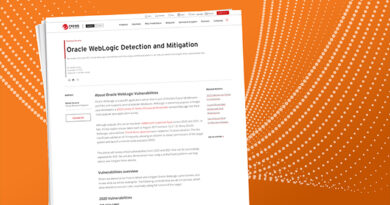Reduce Risk with an Open Source Code Scanner Solution Engineer


Open-source also enables an organization to build innovative and efficient applications
When organizations use open-source software, they benefit from increased agility, flexibility, innovation, lower total cost of ownership (TCO), and improved performance. However, there are also some disadvantages. Open-source software can pose security risks for enterprises since organizations usually lack the necessary tools and skills to check, monitor, and remediate.
Let’s delve into the three risks that open source code scanning can mitigate, allowing SecOps and DevOps teams to bridge the gap for more secure application building.
3 Open-Source Software Risks
Although it’s beneficial to use open-source libraries, there are some risks: vulnerabilities and library and licensing issues.
Vulnerabilities
Open-source vulnerabilities can go undetected for quite a long time. A 2020 report by GitHub found that identifying vulnerabilities in open-source software can take as long as four years. During this period, organizations may embed an open-source library with existing vulnerabilities in a wide variety of enterprise services.
Moreover, security organizations like the Open Web Application Security Project (OWASP) and the National Vulnerability Database (NVD) release information about vulnerabilities in open-source software, and malicious actors can misuse that knowledge to exploit your applications.
Licensing Issues
A license governs your use of open-source applications.. Also, specific licenses demand a release of your proprietary software under the same license, thus posing an intellectual property risk.
Assessing the current state to identify licensing risks is the first step to securing your enterprise. Moreover, a lean and effective security model encourages fixing licensing risks during feature development. Enterprises need SecOps friendly security tools to help identify open source library licensing risk and associated dependency licensing risk to make sure that is aligned according to company policy
Library Issues
Some people assume that open source code found in libraries is inherently safe, because it is updated and maintained by a community of developers. However, this is not always the case. Think of it like renting a book from a library, scribbling over some random pages, and returning it back to the shelf. From the outside, the book seems to be in good condition, and it may take you some time before you reach the ruined pages. Now in order to finish it, you either have to fix the pages somehow, or find the same book that hasn’t been scribbled in.
Similarily, the code may seem safe initially, but one flaw can send your entire application into a tailspin. Now you have to correct, or rebuild—both options are tediuous and waste time you barely have. Open source code scanning evaluates the code, down to each individual line, to surface any vulnerabilities before you’re in too deep. It also provides remediation, if available, so you can continue to build without lots of interruption.
Now that we’ve covered the basics of open source code scanning, you need to choose the right tool. We’re going to demo how Trend Micro Cloud One™ – Open Source Security by Snyk seamlessly integrates with third-party tools and leverages automation and common vulnerabilitiy and exposures (CVE) databases to secure your code from the moment it’s committed to the repo.
Demo: Trend Micro Cloud One – Open Source Security by Snyk
Trend Micro Cloud One™ is a security services composed of 7 solutions, including the latest open source code security offering in partnership with S¬nyk. For this demo, you’ll need a Trend Micro Cloud One account. You can get one free for 30 days here. After you’ve logged in to the dashboard, click the Open Source Security by Snyk tile.
Read More HERE



